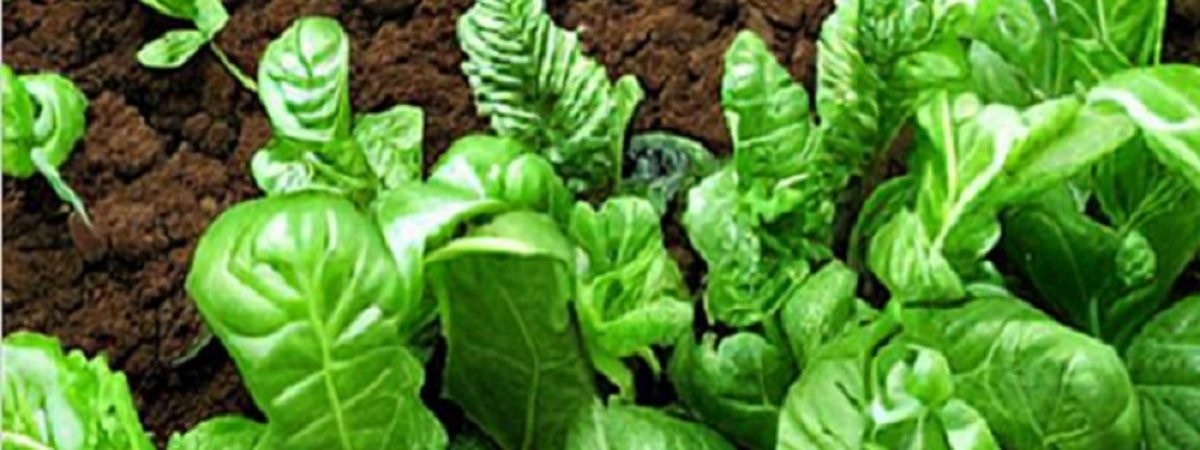When it comes to gardening, one of the most important factors for success is the quality of your soil. Understanding the science behind soil composition and its impact on plant growth is essential for any gardener looking to create a thriving garden. In this blog post, we will explore the basics of soil science and provide tips on how to improve your garden’s foundation.
What is Soil?
Soil is a complex mixture of minerals, organic matter, water, air, and living organisms. It is the foundation on which plants grow and thrive. The composition of soil can vary greatly depending on factors such as climate, geology, and human activities.
Soil Composition
Soil is composed of three main components: minerals, organic matter, and living organisms.
Minerals
Minerals are the inorganic particles found in soil. They are derived from the weathering of rocks and minerals over time. The most common minerals found in soil include sand, silt, and clay. The proportion of these particles determines the texture of the soil. Sandy soil has larger particles and drains quickly, while clay soil has smaller particles and retains more water.
Organic Matter
Organic matter refers to the decaying remains of plants, animals, and microorganisms. It is a vital component of soil as it provides essential nutrients for plant growth and improves soil structure. Organic matter also helps retain moisture in the soil and promotes the growth of beneficial soil microorganisms.
Living Organisms
Soil is teeming with life. It is home to a wide variety of organisms, including earthworms, bacteria, fungi, and insects. These organisms play a crucial role in soil fertility and nutrient cycling. Earthworms, for example, help break down organic matter and improve soil structure through their burrowing activity.
The Importance of Soil pH
The pH level of soil is a measure of its acidity or alkalinity. It is an important factor that affects plant nutrient availability. Most plants prefer a slightly acidic to neutral pH range of 6.0 to 7.0. However, certain plants have specific pH requirements. For example, blueberries thrive in acidic soil with a pH of around 4.5 to 5.5.
To determine the pH level of your soil, you can use a soil testing kit or send a sample to a laboratory for analysis. If your soil pH is too high or too low for the plants you want to grow, you can make adjustments by adding soil amendments such as lime to raise the pH or sulfur to lower it.
Improving Your Soil
If your soil is lacking in nutrients or has poor structure, there are several ways you can improve it:
- Add organic matter: Incorporate compost, well-rotted manure, or leaf mold into your soil to increase its fertility and improve its structure.
- Avoid compaction: Avoid walking or working on wet soil, as it can lead to compaction and poor drainage. Use raised beds or pathways to minimize soil compaction.
- Practice crop rotation: Rotating your crops each year can help prevent nutrient depletion and reduce the risk of pest and disease buildup.
- Use cover crops: Planting cover crops, such as clover or rye, during the off-season can help improve soil health by adding organic matter and preventing erosion.
Conclusion
Understanding the science of soil is essential for any gardener. By knowing the basics of soil composition and pH levels, as well as implementing soil improvement techniques, you can create a healthy and productive garden. Remember, healthy soil is the foundation for a thriving garden.















